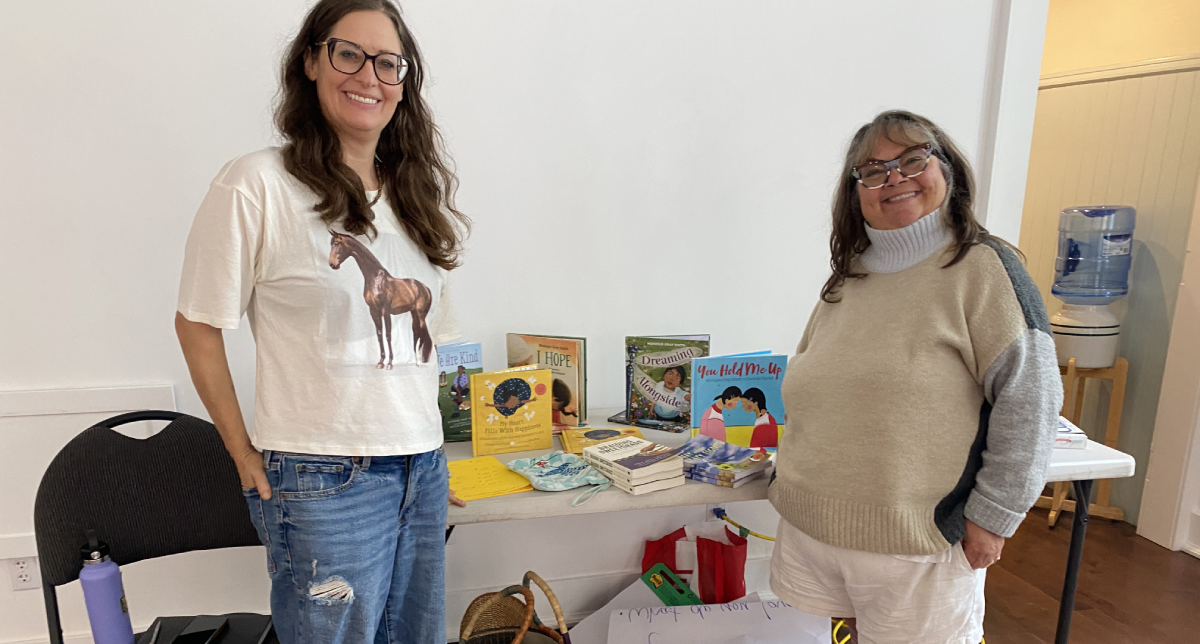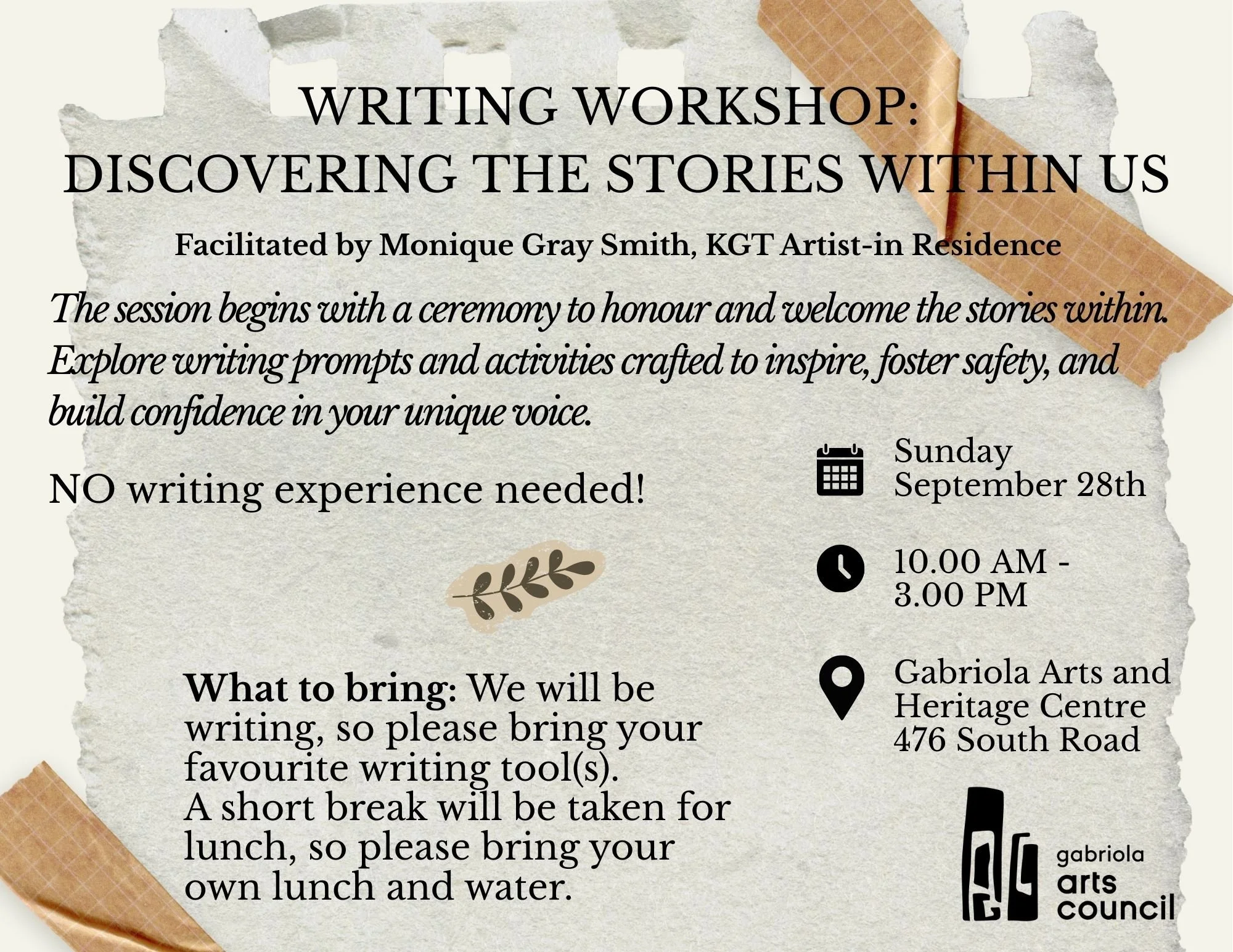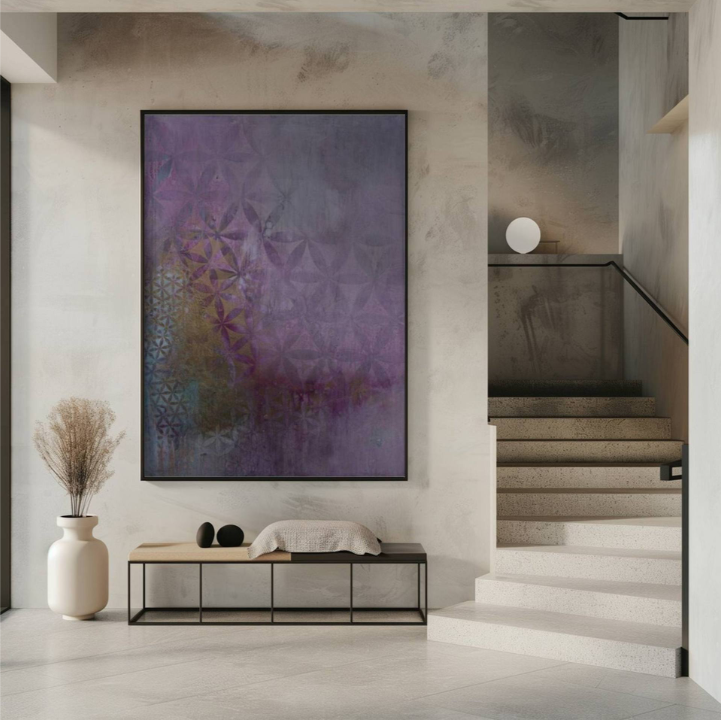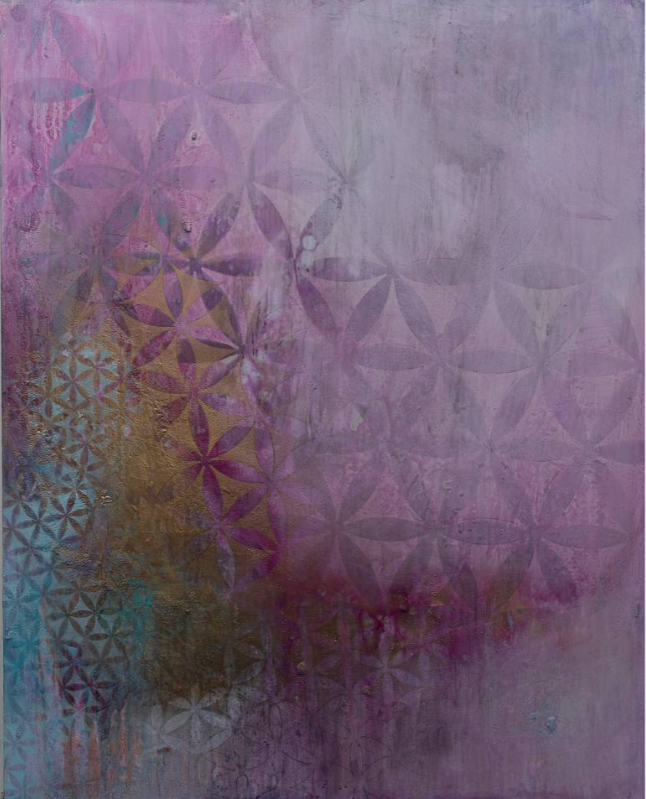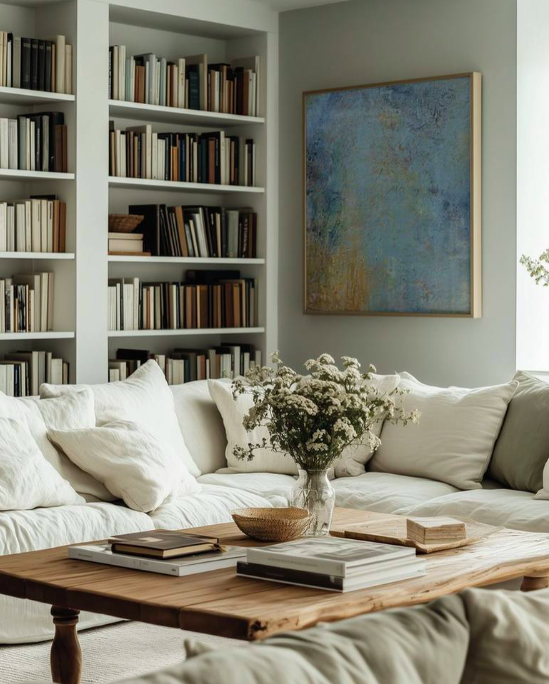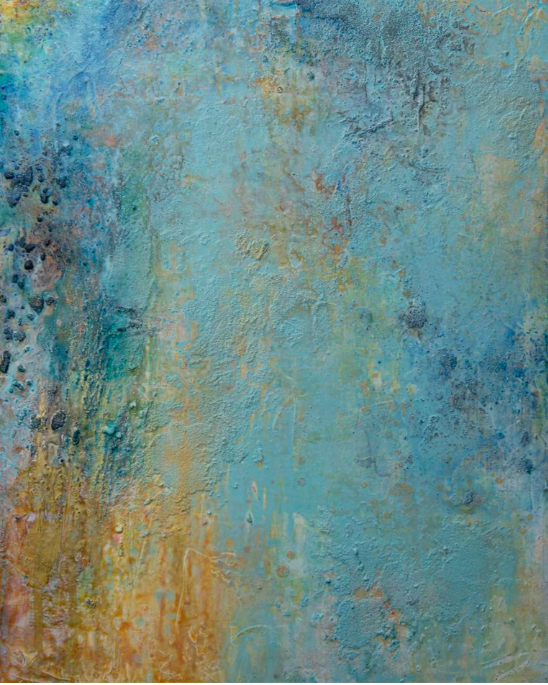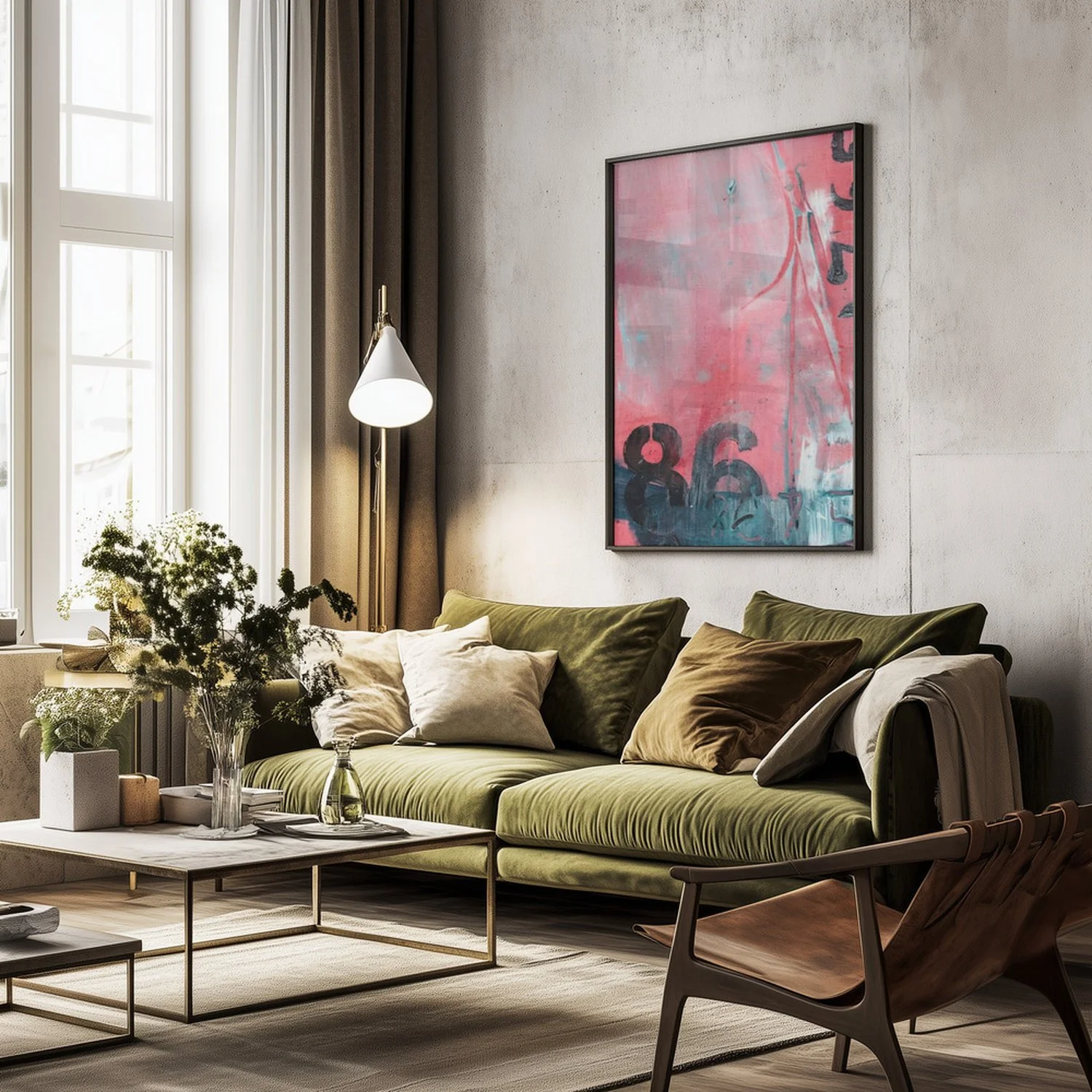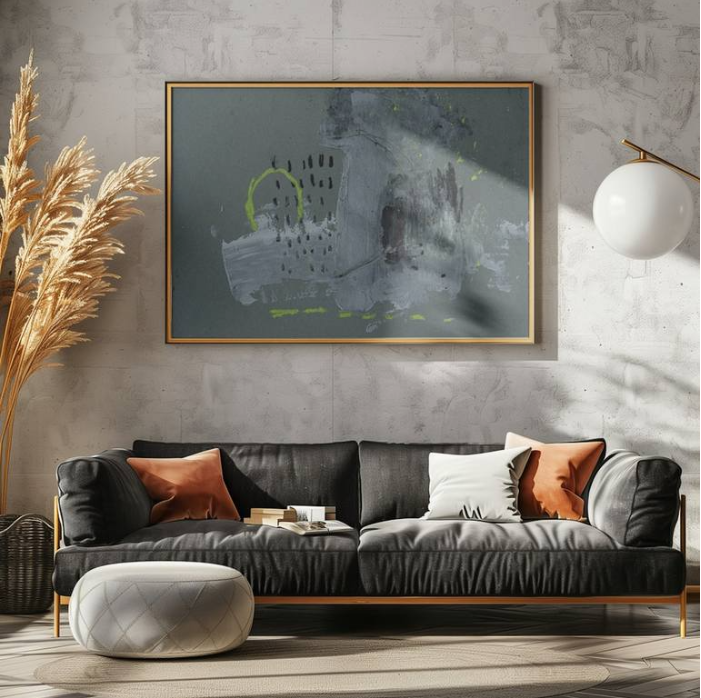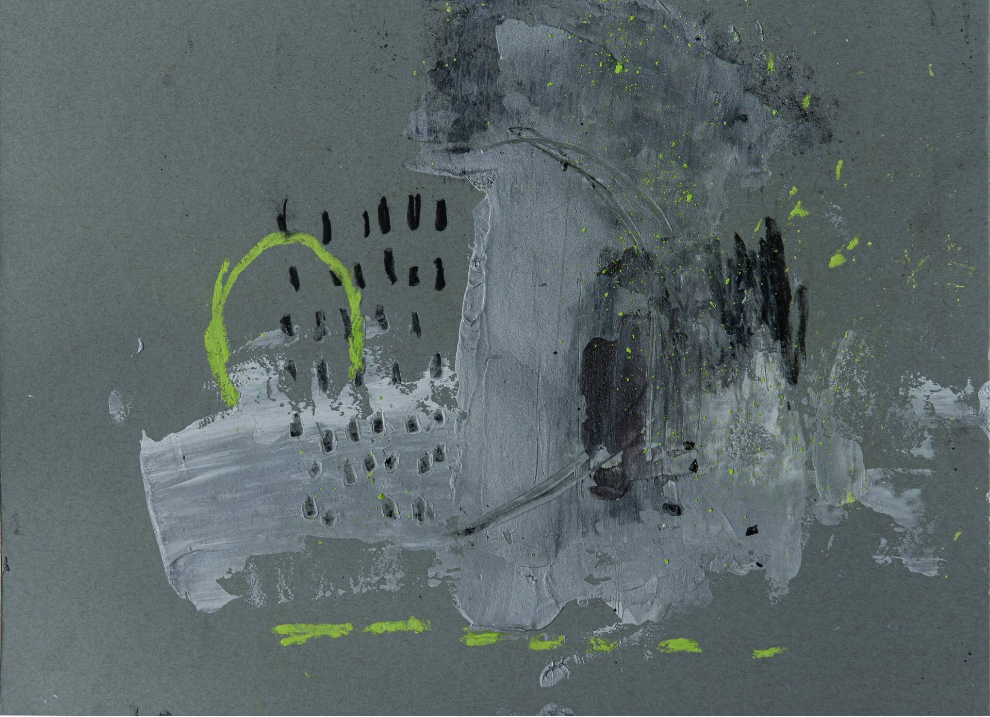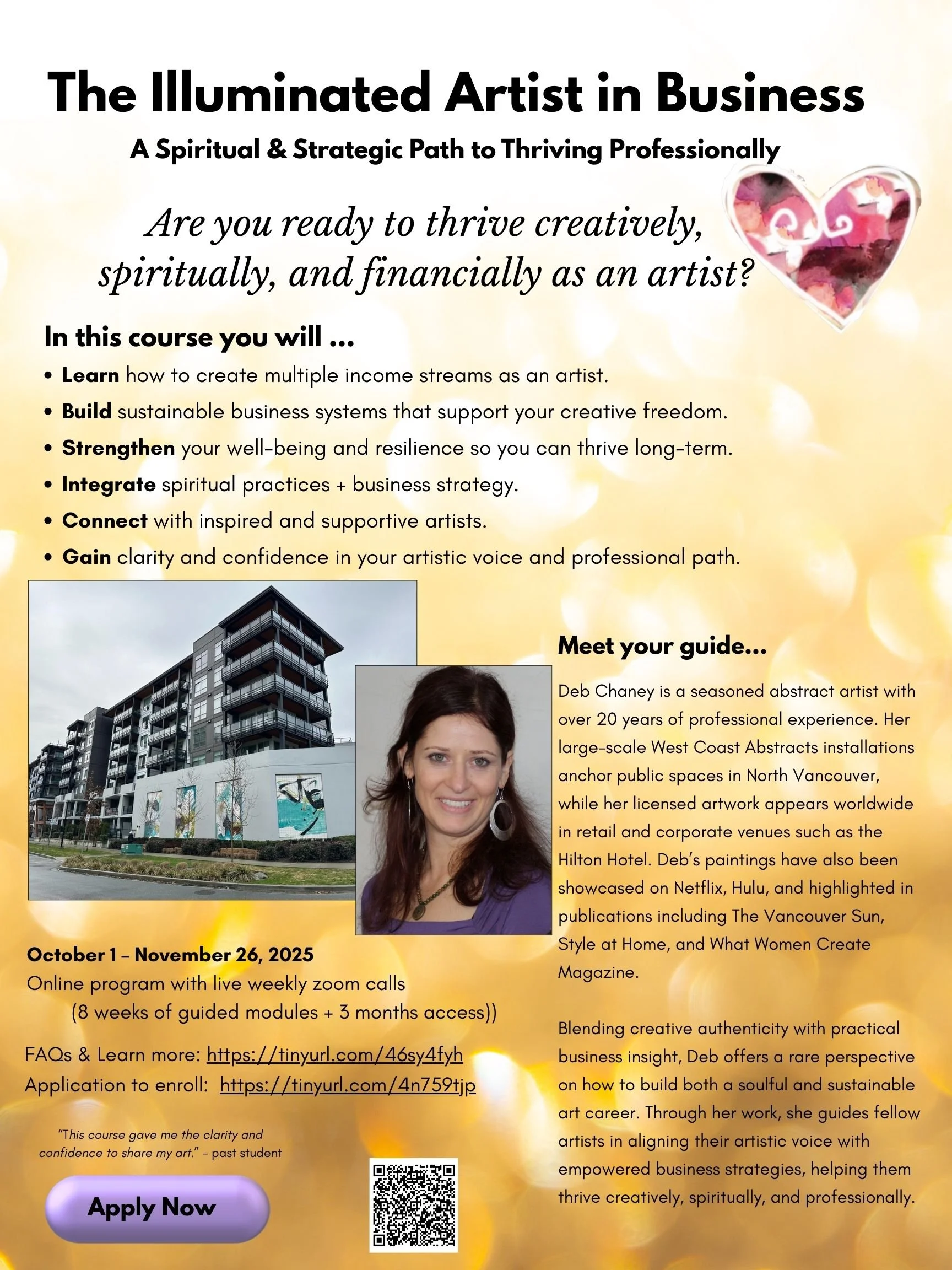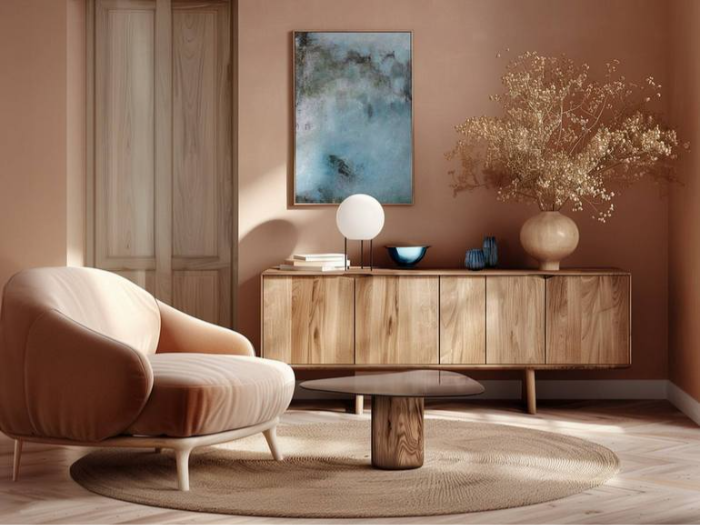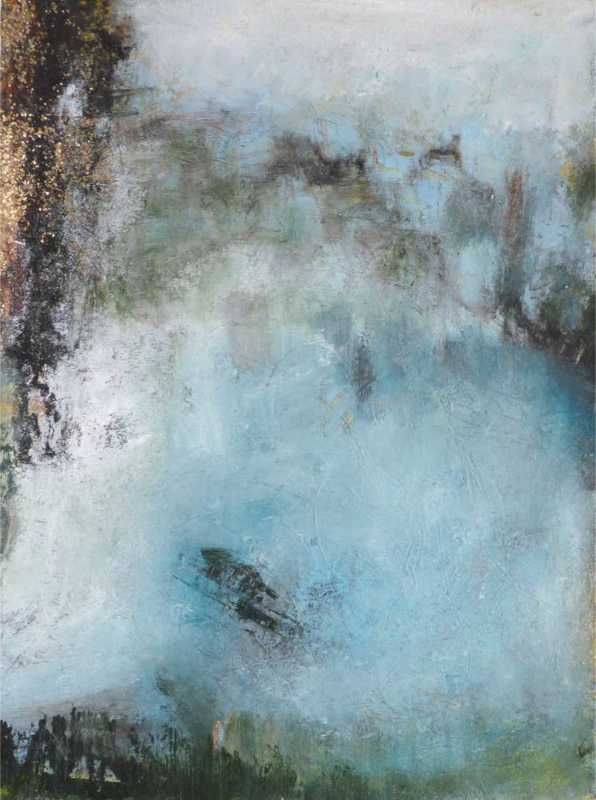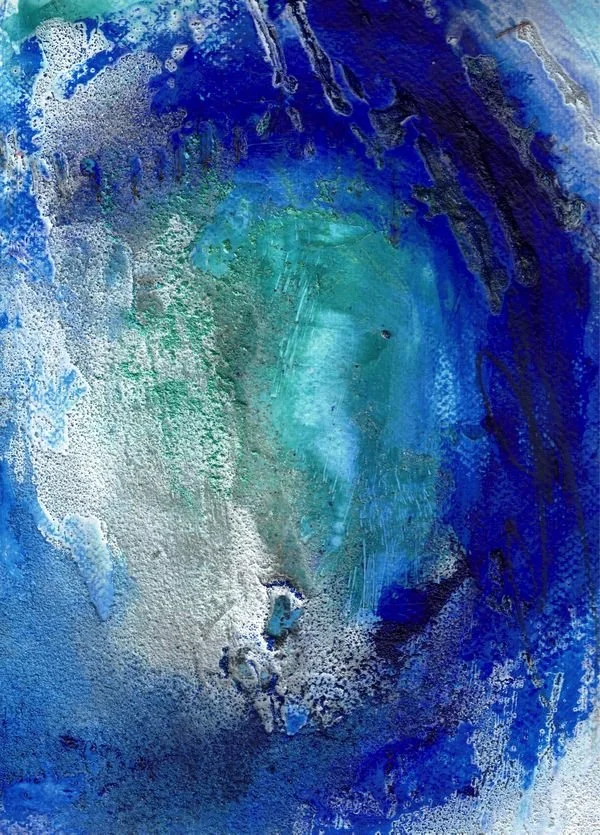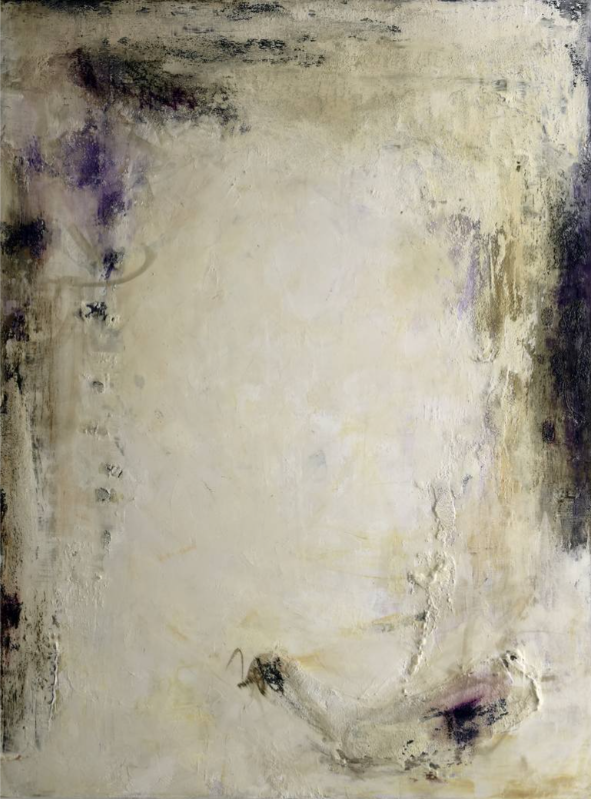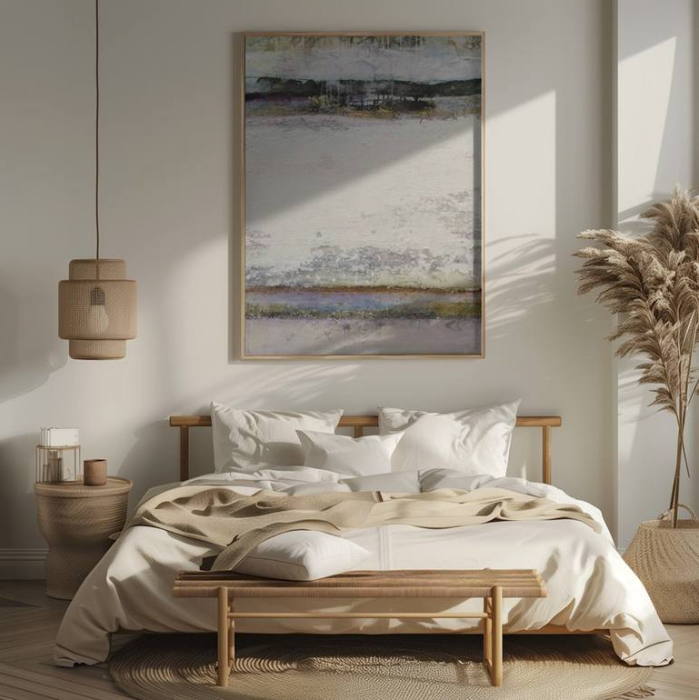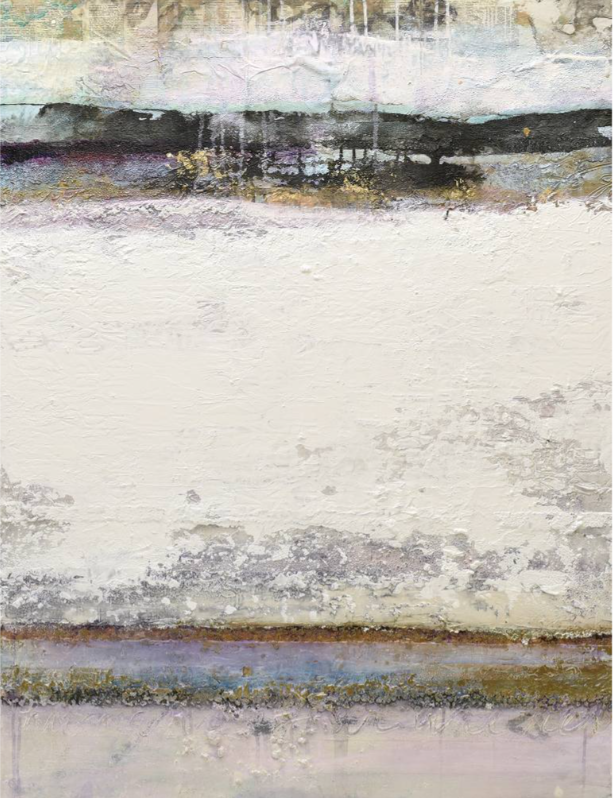Your Internal Compass—Navigating by Thoughts and Feelings
/A dining area gets a vibrant lift of emotion from I stopped caring what you'd think, 9” x 12” x 0.1” Acrylic on Paper, © Deb Chaney Prints available on Saatchi Gallery.
Reading your inner compass
How do you know when you’re on track as an artist?
Your inner compass will reveal the answer.
That compass is your current emotional state. The better you feel, the more aligned you are with your path. Conversely, the worse you feel, the more you’ve likely drifted from it.
Every goal—whether it’s more clients, sales, or recognition—is ultimately about wanting to feel good. When you practice cultivating those feelings inside yourself first, the outer world naturally aligns.
I often use my journal as a tool to check in. I’ll take a few deep breaths, notice my body sensations, and then choose a word that describes how I feel.
Sometimes I write: “I feel like I’m recalibrating.” From there, I consider my thoughts.
For example: “I’m starting to get clear on this project, and that feels good. I’m looking forward to my walk by the ocean today.”
This simple practice reminds me: thoughts create feelings, and feelings create our reality.
“Your emotions are the slaves to your thoughts, and you are the slave to your emotions.”
— Elizabeth Gilbert
Science confirms this connection.
A study published in the Journal of Research in Personality found that individuals with stronger emotional regulation skills report higher well-being, greater income, and more success across life domains.
Aligning with your inner compass truly predicts thriving outcomes.
I stopped caring what you'd think, 9” x 12” x 0.1” Acrylic on Paper, © Deb Chaney Prints available on Saatchi Gallery.
Takeaway
Your feelings are your compass.
When you feel good, you’re aligned. Be sure to check in with your inner state often, and let it guide you toward balance, creativity, and success.
👉 Discover more tools for alignment in my upcoming course, The Illuminated Artist in Business.



